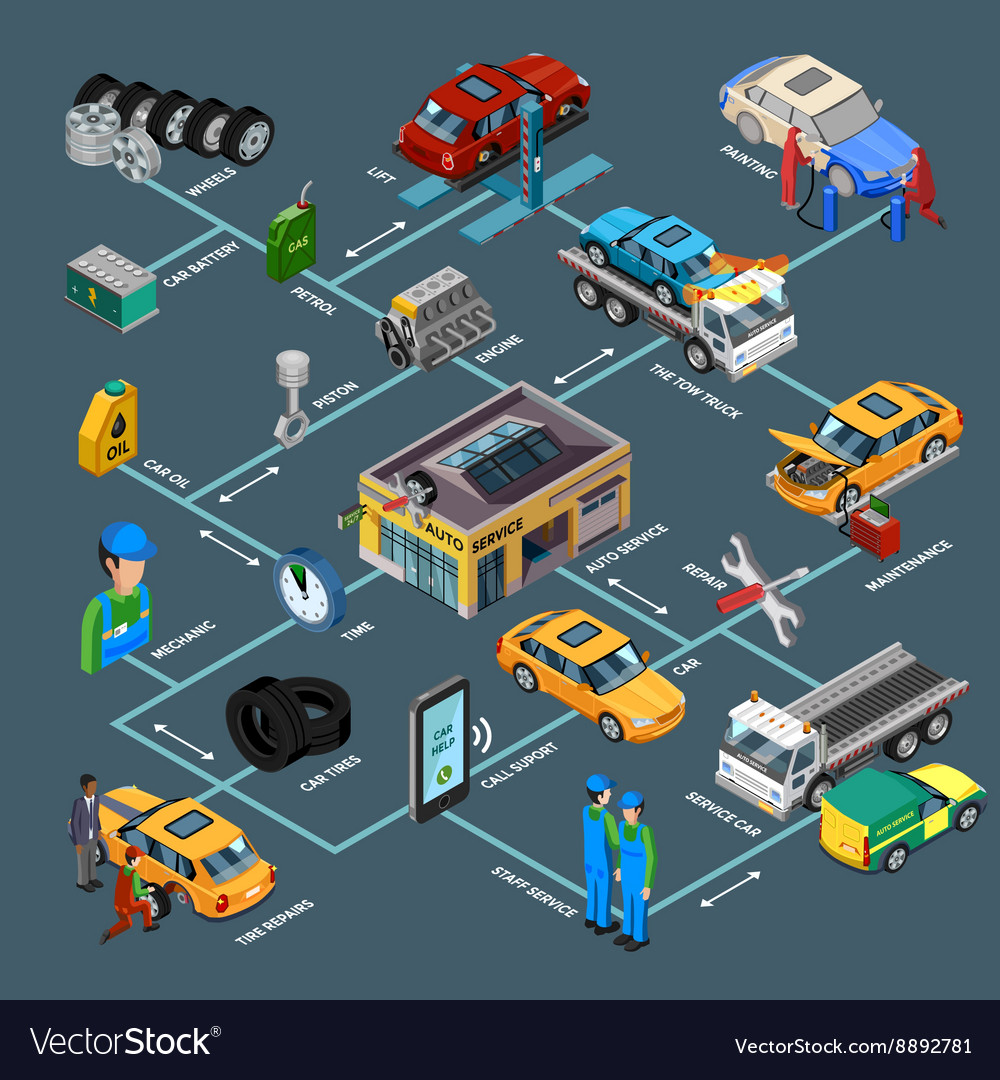Translating Your Auto'S Alert Lights: Their True Ramifications
Translating Your Auto'S Alert Lights: Their True Ramifications
Blog Article
Short Article Developed By-Boye Shepherd
When you're behind the wheel, those radiant caution lights on your dashboard can be a bit perplexing. Do you understand what they're trying to tell you about your vehicle's health and wellness? Recognizing the value of these lights is crucial for your security and the durability of your lorry. So, the following time one of those lights pops up, wouldn't you want to analyze its message accurately and take the necessary actions to resolve it?
Common Caution Lighting and Interpretations
Recognize usual caution lights in your automobile and comprehend their definitions to ensure secure driving.
One of the most normal caution lights consist of the check engine light, which signifies concerns with the engine or emissions system. If see here now comes on, it's essential to have your automobile examined quickly.
The oil stress warning light suggests reduced oil stress, requiring prompt interest to stop engine damages.
A blinking battery light may suggest a damaged billing system, possibly leaving you stranded if not dealt with.
The tire stress tracking system (TPMS) light notifies you to reduced tire stress, impacting automobile stability and gas efficiency. Overlooking this could bring about risky driving conditions.
The abdominal muscle light suggests a problem with the anti-lock stopping system, jeopardizing your ability to quit rapidly in emergency situations.
Last but not least, the coolant temperature level alerting light warns of engine getting too hot, which can result in extreme damage otherwise dealt with quickly.
Recognizing these common caution lights will help you resolve issues quickly and maintain risk-free driving conditions.
Relevance of Prompt Focus
Recognizing the common caution lights in your vehicle is only the initial step; the relevance of immediately attending to these warnings can't be emphasized enough to guarantee your safety when driving.
When a caution light illuminates on your dashboard, it's your automobile's means of interacting a potential problem that needs attention. Neglecting these cautions can cause much more serious troubles down the road, endangering your safety and security and potentially costing you a lot more in repairs.
Prompt interest to alerting lights can protect against failures and accidents. As an example, a flashing check engine light can indicate a misfire that, if left ignored, might cause damages to the catalytic converter. Addressing this promptly can conserve you from a costly repair work.
Likewise, a brake system warning light might signify reduced brake liquid or worn brake pads, essential elements for your security when driving.
Do It Yourself Troubleshooting Tips
If you observe a caution light on your control panel, there are a couple of DIY fixing suggestions you can try before looking for expert help.
https://damienrnidw.blogdal.com/31620580/check-out-the-realm-of-expert-vehicle-outlining-through-distinct-perspectives-shared-by-an-experienced-expert is to consult your car's guidebook to comprehend what the particular caution light indicates. Occasionally the problem can be as easy as a loosened gas cap causing the check engine light. Tightening up the gas cap may settle the issue.
Another usual concern is a low battery, which can set off numerous advising lights. Checking the battery links for deterioration and guaranteeing they're safe might deal with the problem.
If a warning light persists, you can try resetting it by separating the cars and truck's battery for a couple of mins and afterwards reconnecting it. Additionally, examining your car's fluid levels, such as oil, coolant, and brake liquid, can assist fix cautioning lights connected to these systems.
Conclusion
Finally, comprehending your car's caution lights is crucial for maintaining your car running efficiently and safely. By quickly addressing these alerts and knowing what they imply, you can stay clear of costly repairs and possible breakdowns.
Remember to consult your cars and truck's guidebook for particular information on each alerting light and act appropriately to make sure a hassle-free driving experience.
Remain educated, stay risk-free when driving!
